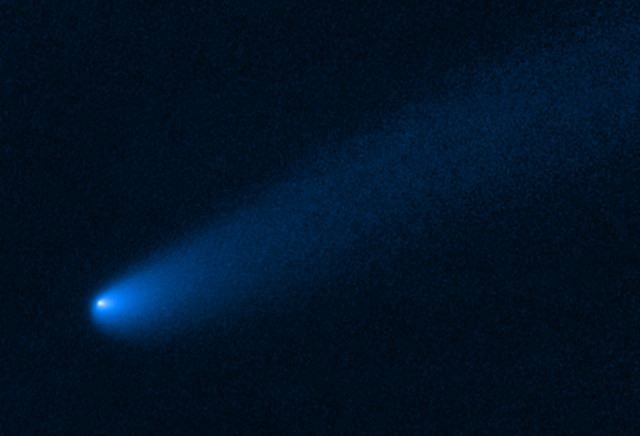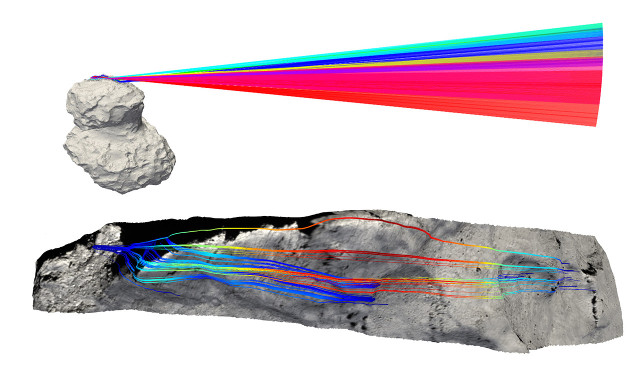
A study of P/2019 LD2, the comet that was initially mistaken for an asteroid
An article published in “The Astronomical Journal” reports a description of the characteristics of comet P/2019 LD2. A team of researchers used observations conducted with various space and ground-based telescopes to examine P/2019 LD2 while it’s passing near the planet Jupiter in a trajectory that brought it close to the Trojan asteroids to the point that it was initially mistaken for one of them.





